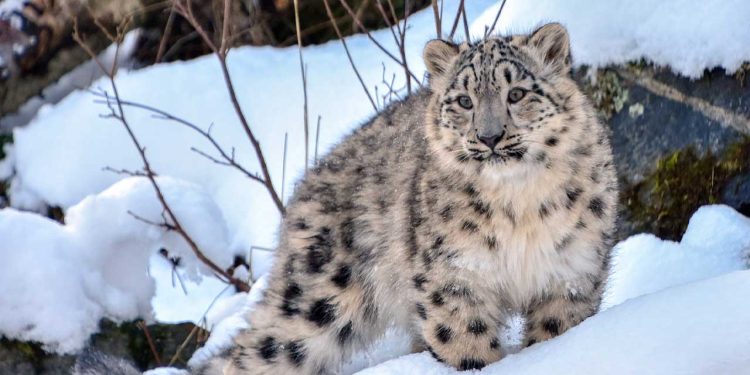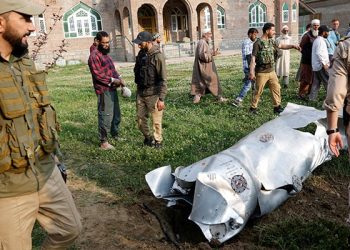At the Pakistan Wildlife Protection Awards, Romina Khursheed Alam, Coordinator to the Prime Minister on Climate Change, highlighted Pakistan’s plan to establish the snow leopard as a global emblem of mountain ecology and climate adaptation.
The upcoming COP29 summit of the UNFCCC, scheduled for November 11-22, 2024, in Baku, Azerbaijan, will serve as a key venue to advocate for the snow leopard’s designation as a symbol of mountain ecology and climate resilience.
During the GSLEP steering committee meeting in Samarkand in March 2024, members underscored the snow leopard’s critical role in mountain ecosystems and resolved to seek official recognition from the UN Secretary-General for the species as a symbol of ecological and climate resilience.
Asia’s high mountain ranges, often referred to as the “third pole,” are experiencing warming at twice the rate of the Northern Hemisphere. This accelerated warming is impacting glaciers and ecosystems across the Himalayas, Hindu Kush, Pamir, Tien Shan, Altai Mountains, and Tibetan Plateau.
Pakistan, which oversees 80,000 square kilometers of snow leopard habitat, is particularly susceptible to climate change. The past two decades have seen significant glaciers retreat in the country, affecting agriculture, water resources, hydroelectric power, and wildlife.
Alam emphasized the necessity of both national and international cooperation to tackle climate change. She stressed that rising temperatures and extreme weather are endangering ecosystems and wildlife, underscoring the urgent need for enhanced conservation efforts.
Designating the snow leopard as a symbol of climate resilience, Alam noted, could enhance Pakistan’s standing in sustainable development.
Dr. Muhammad Ali Nawaz, Director of the Snow Leopard Foundation, expressed gratitude for the initiative to recognize the snow leopard as an international symbol. He highlighted the species’ importance to wildlife conservation and referenced a 2007 study where SLF scientists tracked a snow leopard across 1,600 square kilometers between Afghanistan and Pakistan, emphasizing the need for cross-border conservation efforts.







